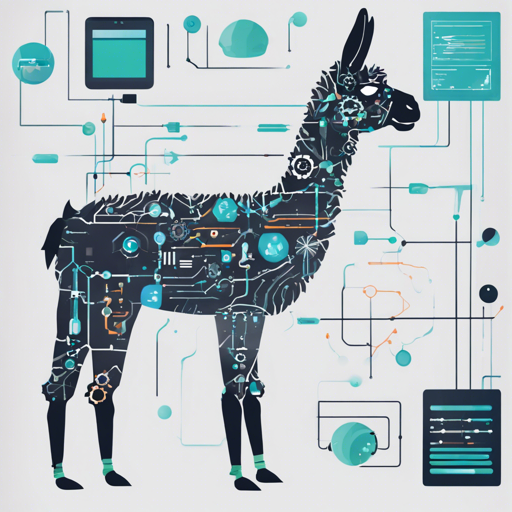Embarking on the journey of finetuning AI models can often feel like standing at the base of a steep mountain, unsure of the best path upward. But fear not! With the power of Unsloth, you can ascend this mountain 2-5 times faster, while utilizing 70% less memory! This blog post will guide you through the process of finetuning the renowned Llama 3.2 model using the user-friendly Google Colab notebooks offered by Unsloth.
Why Finetune Llama 3.2?
Llama 3.2, a creation of Meta, is a powerhouse in the world of multilingual large language models (LLMs). It offers tremendous potential for generating high-quality text across various languages. However, like any fine instrument, it benefits from the right tuning for optimal performance and better results in specific applications.
Getting Started: Finetuning in Google Colab
Follow these steps to get started with finetuning Llama 3.2:
- Step 1: Access the Notebook – Open the free Google Colab notebook for Llama 3.2 (3B).
- Step 2: Prepare Your Dataset – Add your dataset to the notebook, ensuring it aligns with your project goals.
- Step 3: Run Your Notebook – Simply click on “Run All” to initiate the finetuning process.
- Step 4: Export Your Model – After finetuning, you will have the option to export your model to GGUF, vLLM, or upload it to Hugging Face.
Understanding the Performance Metrics
Let’s put this into perspective: imagine tuning a musical instrument. A slightly off-key guitar doesn’t just sound bad; it alters the songs you play! That’s why the performance statistics you encounter while finetuning are crucial:
- Llama-3.2 (3B): 2.4x faster and uses 58% less memory.
- Llama-3.2 (11B vision): Same stellar performance as above.
- Gemma 2 (9B): Also offers similar gains!
- Mistral (7B): 2.2x faster with 62% less memory.
Such enhancements mean you can use your time and resources more effectively, allowing for rich, complex projects without the exhaustive computational demand.
Troubleshooting Common Issues
While finetuning is designed to be a straightforward process, you may encounter some bumps along the way. Here are some common issues and their solutions:
- Notebook Fails to Load: Check your internet connection and try refreshing the page. Also, ensure that you are logged into your Google account.
- Runtime Errors: This could relate to the dataset format. Verify that your data is clean and follows the required structure for the model.
- Insufficient Memory: If memory errors occur, consider using smaller batch sizes. Alternatively, opt for a model with lower parameters.
- Unexpected Model Behavior: Ensure your dataset is well-prepared and relevant to the task at hand. Poor data quality can lead to subpar model performance.
For any persistent issues, or if you have questions, reach out to the community or consult the detailed resources available at fxis.ai.
Conclusion
Finetuning Llama 3.2 via Unsloth not only sets you up for success but also builds the foundation for innovative AI applications. At fxis.ai, we believe that such advancements are crucial for the future of AI, as they enable more comprehensive and effective solutions. Our team is continually exploring new methodologies to push the envelope in artificial intelligence, ensuring that our clients benefit from the latest technological innovations.
Start Finetuning Today!
With the fast-paced progress of AI technology, now is the perfect time to jump on board. Utilize the powerful tools provided by Unsloth and Llama 3.2 to enhance your projects. Happy coding!

